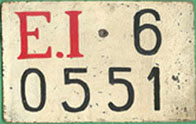
Picture 1: 1946 - 1968
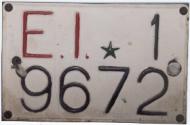
Picture 2: 1946 - 1968
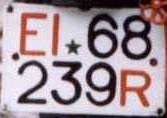
Picture 3: 1946 - 1968 (trailer)
Plates of the Italian army started being issued in 1947, after the end of the monarchy and the establishment of the Italian Republic in 1946. If you want to know more about older plates, give a look at the plates of the Servizio Militare (Military Service) and of the Regio Esercito (Royal Army) in the page of historical military plates.
1947-1979: plates of the army issued before 1979 had just numbers placed in two lines: 5 numbers from 1946 to 1968 (pictures number 1 and 2), then 6 numbers (picture number 4). Armoured vehicles (picture number 5) were the only exception as they've always had 6 digits. Some of these plates had a lead seal (pictures 2, 4 and 7), but it isn't used any more today, even if I don't know when they stopped using it. Every kind of vehicle had its own set of numbers for plates, as shown in the two tables below.
|
|
(*) These plates had a symbol with a flame, as you can see in picture 5. The same symbol was already used
on armoured vehicles of Regio Esercito and it's probably still used today.
(**) All trailer plates had a red "R" (it stands for Rimorchio), as you can see in pictures 3, 7 and 8,
though it was placed in different positions: it was after the numbers before 1968 and it was smaller and before the
numbers after 1968.
 Picture 1: 1946 - 1968 |
 Picture 2: 1946 - 1968 |
 Picture 3: 1946 - 1968 (trailer) |
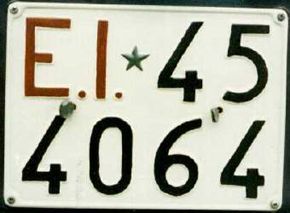 Picture 4: 1968 - 1979 |
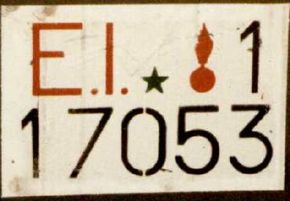 Picture 5: 1945 - Today (?) (armoured vehicle) |

Picture 6: 1968 - 1979 (front)
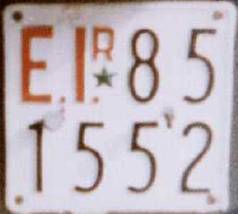 Picture 7: 1968 - 1979 (trailer) |
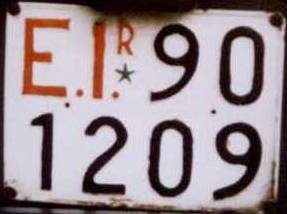 Picture 8: 1968 - 1979 (trailer) |
Alessandro Libanore found some EI plates that have a leading zero (pictures number 9 and 10): unfortunately at the present time I don't know the meaning of it or which vehicles they were mounted on. Guglielmo Evangelista proposed that these plates could be a part of a reserve set that was ready to be used in case some civil vehicles were requisitioned, exactly as it had already happened during the second world war with the license plates of Regio Esercito. This idea seems to be correct because such plates were never seen anywhere, because there was something similar in 1940 as already said, and because it's normal that the Army keeps the stuff that can be useful in case of war ready to be used.
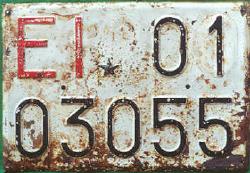

Pictures 9 e 10: Plates with leading zero
Plates of motorcycles had the numbers placed in the same way of other vehicles, but they had a square shape, as you can see in picture number 11. The picture 12 shows a picture of a plate with the same shape of a motorcycle plate, but from its number you can understand that it was used on a reconnaissance vehicle: probably there was not room for a normal plate on it and so they had to fit this one.
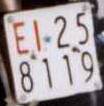 Picture 11: 1968 - 1996 (motorcycle) |
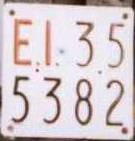 Picture 12: 1981 - Today (reconnaissance vehicle) |
1979-1996: in 1979 letters were introduced on plates of the Italian army and they were made of just one line, with format EI * 000 AA, where * is a little green star. This change, anyway, was just for motor vehicles (picture 13), light vehicles and trailers: the "R" was placed instead of the first number (picture 14). Armoured vehicles and motorcycles kept using the previous plates with only numbers.
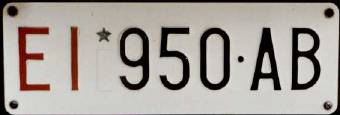
Picture 13: 1979 - 1996
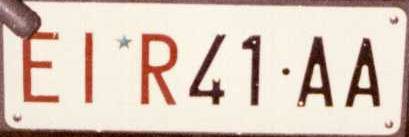
Picture 14: 1979 - 1996 (trailer)
1996-Today: one more change happened in 1996: the two letters and the three numbers were swapped, so the new format is EI * AA 000, a green circle between the letters and the numbers and a little "EI" under the green star were added, and the numbers started off from AA 000 (pictures 15 and 16). Also plates for motorbikes changed and the format became A 000 (picture 17). Last, the small "R" was removed for the plates for trailers and the full print "RIMORCHIO" (trailer) in red on top was added, and the letters were moved in front of the numbers (format EI * AA 00). Armoured vehicles and motorcycles have still got plates with just numbers, as in the past.
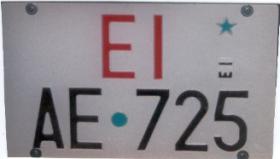 Picture 15: 1996 - Today (2 lines)  Picture 16: 1996 - Today (1 line) |
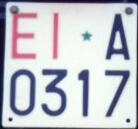 Picture 17: 1996 - Today (motorcycle) |
Test plates: the Italian Army has got also some test plates: in the past they were triangular with the letters EI on the first line, a serial number on the second and the print "PROVA" (test) in black on the third. Since 1985 these plates have been rectangular with still three lines, in the same order, or with just two, as you can see in the picture number 18, and the print PROVA is in red. Guglielmo Evangelista told me that in 2001 he saw a new test plate of the Army: it's just one line, with the letters E.I. on the left side, a star over a little green P in the middle (like the new test plates for normal vehicles) and then a number of three digits on the right side.
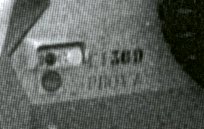
Picture 18: Test plate
Historical vehicles: Marcello Gallina wrote that in 2004 a new plate for the historical vehicles was introduced. It's similar to the nornal plates of the army, with the letters EI in red followed by a little green star, then the green letters VS ("veicolo storico", it means historical vehicle), a green round and at the end three digits in black. Unfortunately at the present time I haven't got any picture of these plates yet.
Many thanks to Marcello Taverna for all the pictures shown here, except for the number 1, 9 and 10 that Alessandro Libanore sent me, the number 2, 6 and 15 that I received from Adolfo Arena, and the number 18 that Roberto Pola sent me. And many thanks also to Guglielmo Evangelista for all his explanations and details about this subject.